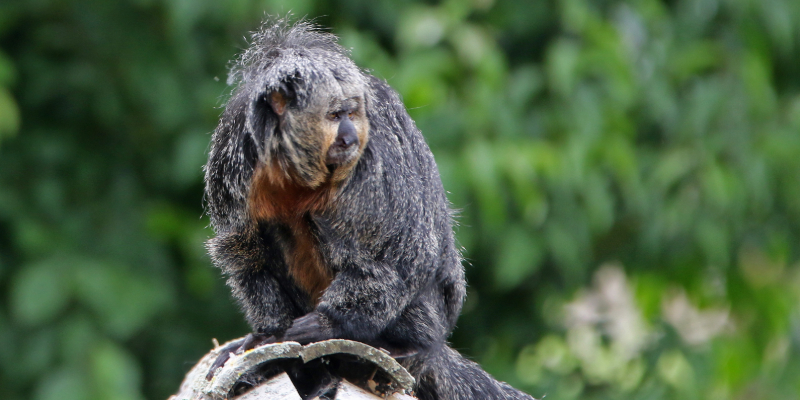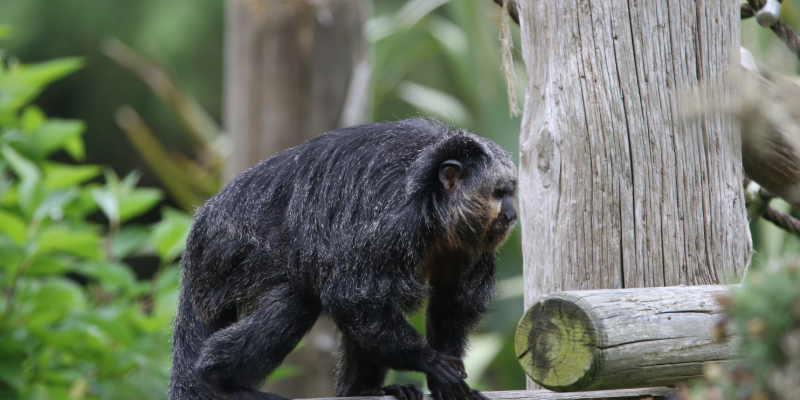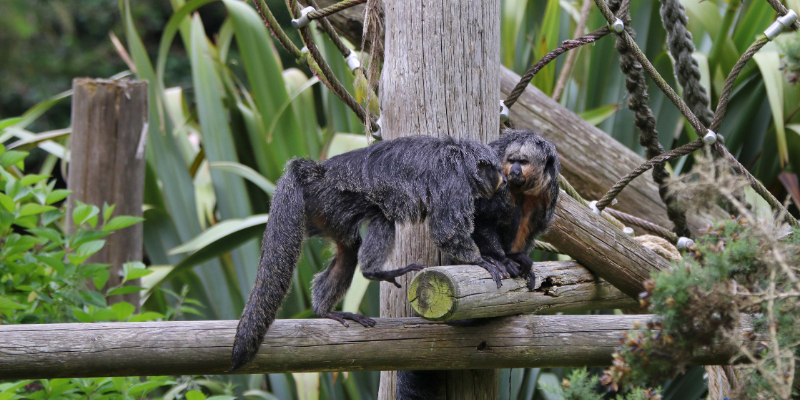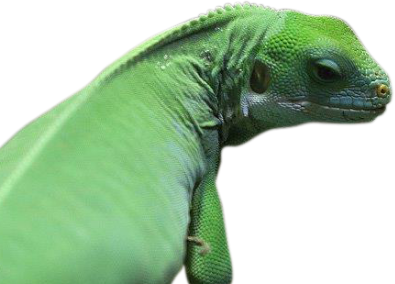White-faced Saki monkey
KEY FACTS
-
LATIN NAMEPithecia pithecia
-
BIOMETropical Forests
-
CLASSMammal
-
ORDERPrimates
-
CONSERVATION STATUSLeast Concern
COME AND FIND ME AT..
The Lake

About the Saki Monkey
Known as ‘flying monkey’ to residents of its native habitat, the White-faced Saki, Guianan Saki or Golden-face Saki is a highly-acrobatic New World monkey. Females have shorter hair than their male counterparts and have brownish-grey fur with white or pale brown stripes around its nose and mouth. Males, on the other hand, have blacker fur with a reddish-white forehead, face and throat.

Habitat
The Saki is a New World monkey and is found mainly in the tropical forests of Brazil, Guyana, Suriname and Venezuela. It remains in the canopy of the rainforest most of the time and the only reason it comes to the ground is to feed. To sleep at night, it coils up on branches high up in the trees.
Wild Notes
The White-face Saki lives in small groups and eats fruit, leaves and small animals with the help of strong canine teeth that allow it crack open the hard shells of nuts and seeds. It can leap up to ten metres between branches as it moves around and, if threatened, will fluff up and shake its body hair before stomping its feet in an attempt to ward off potential danger.
Females have one young at a time and usually give birth in late November or December. Infants cling to its mother’s belly and, later, her back and while young are born with brown fur, males begin to change to a blacker appearance at two months. Females stay brown with a white stripe below each eye. At six months, all young are fully independent. The monkey is diurnal, which means that it is active during the day.

Conservation
The monkey is currently listed as being of Least Concern on the IUCN Red List because of its relatively wide distribution and presence in a number of protected areas. The biggest threats it faces, however, are the destruction of its habitat by mankind and the fact they are hunted for food and the pet trade.
Did You Know?
Pairs of Sakis often mate for life. They are generally very nervous creatures and tend to be afraid of humans.
The Fota Connection.
A monkey that likes an extra bit of heat, the Saki group at Fota consists of a mating pair and their offspring. Often found indoors in its temperature-controlled house, the structure has big windows to allow visitors catch a glimpse of the animal. The Sakis feed on monkey chow, fruit and vegetables as well as the insects it collects from the plentiful eucalyptus trees growing on its particular island.






